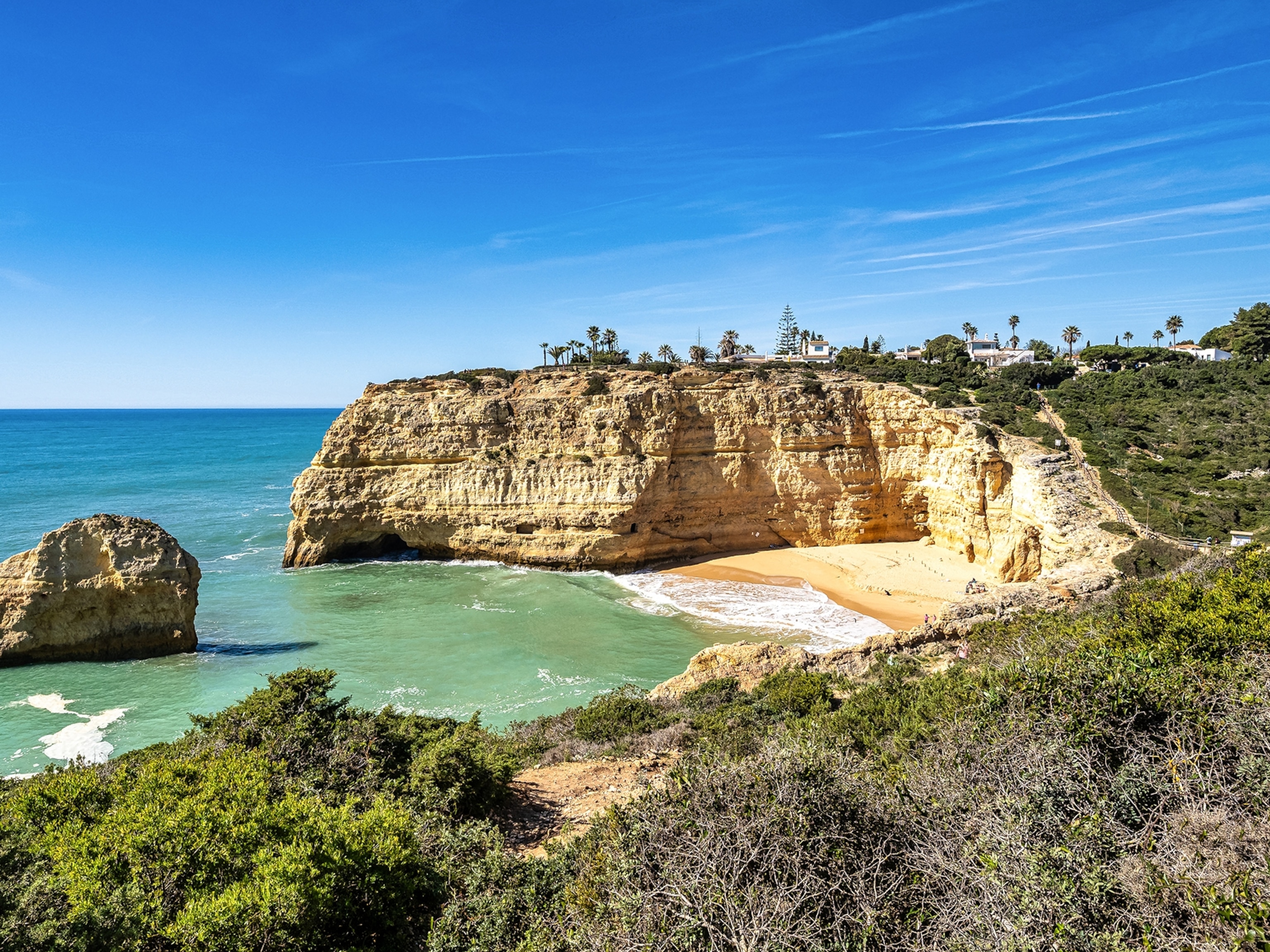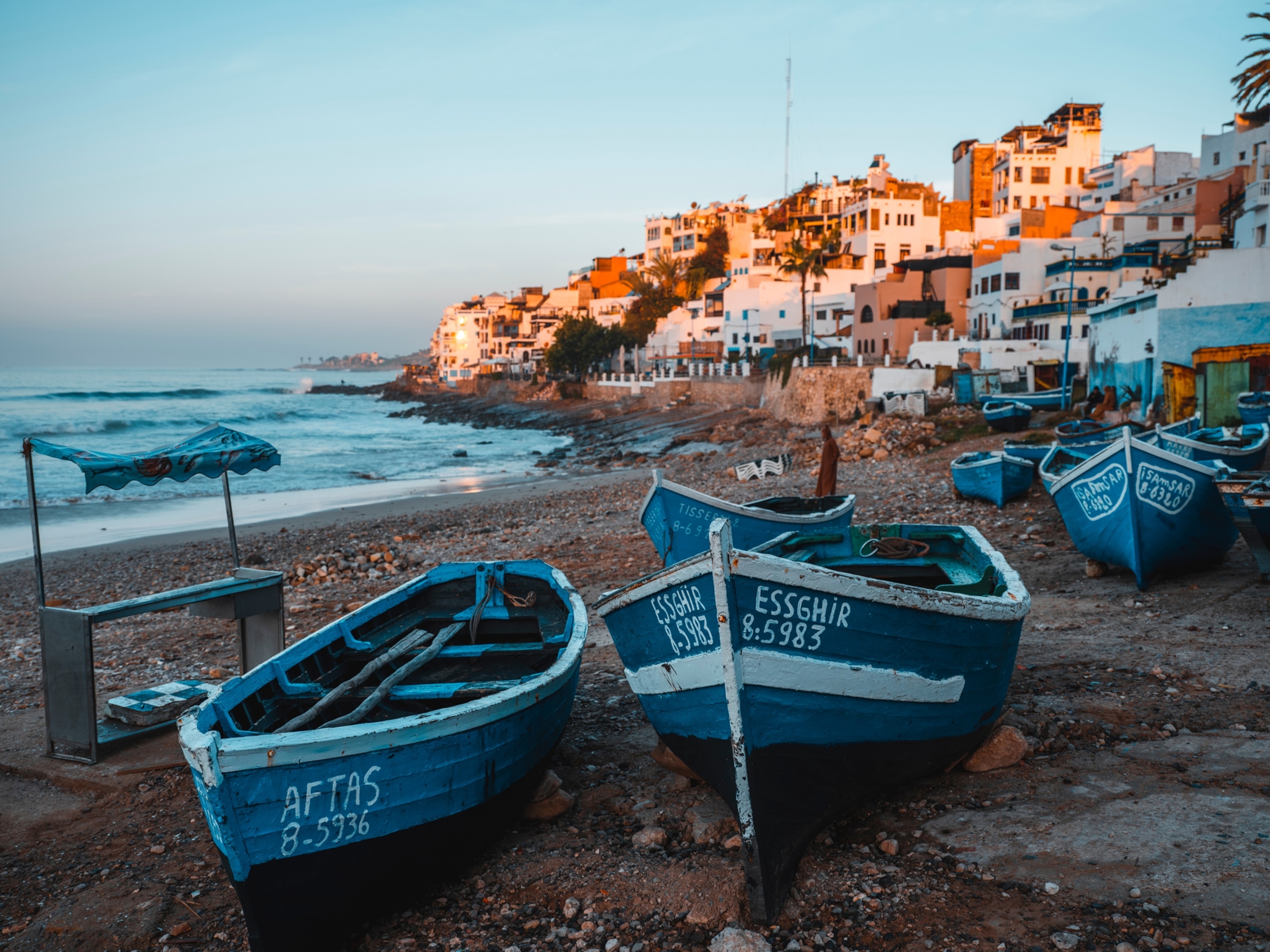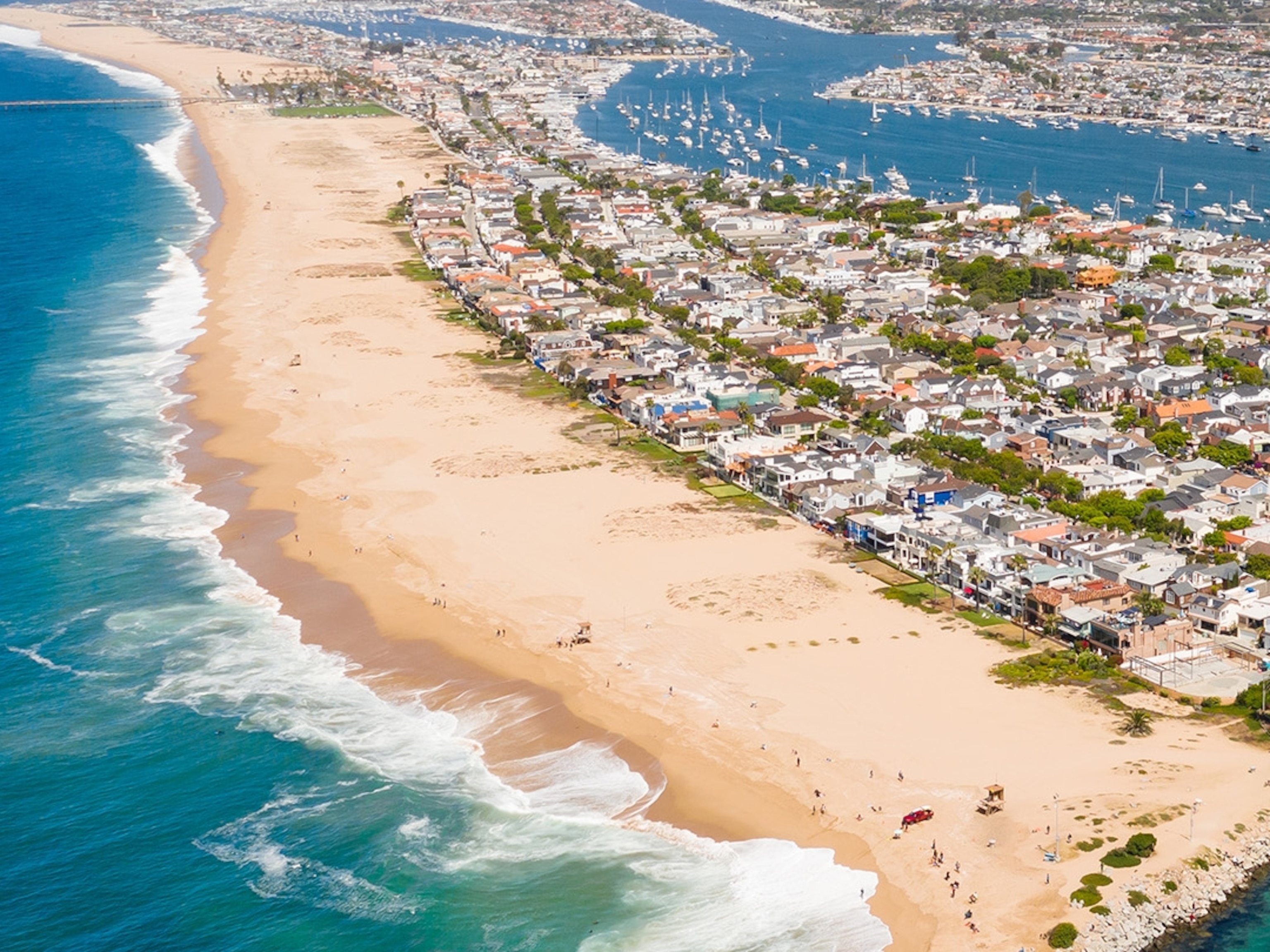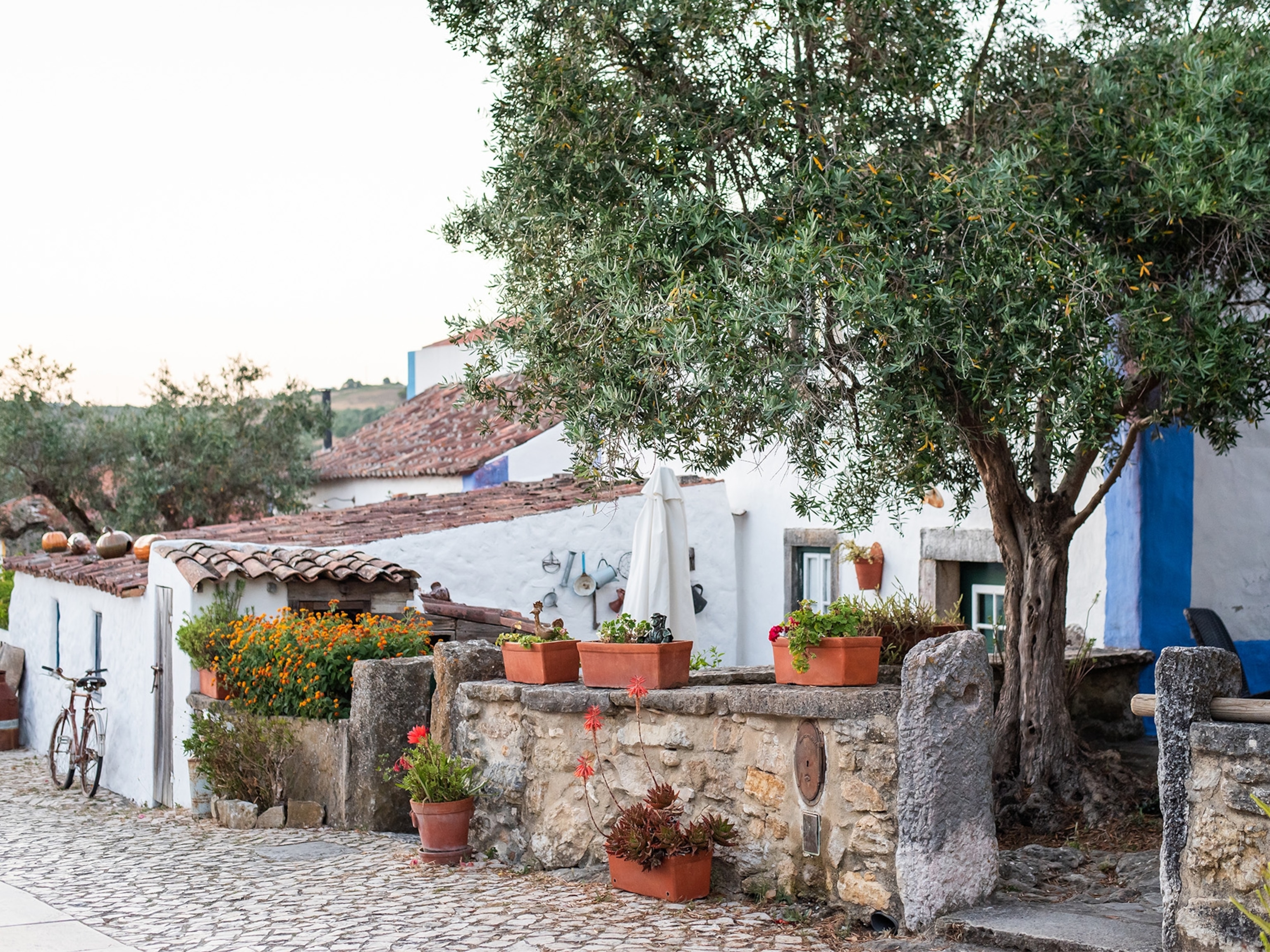
This Freshwater Sport Is Taking on Its Saltwater Sister
River surfing was inspired by ocean surfing, but its popularity is growing all on its own.
Traditional surfing began more than 3,000 years ago in Western Polynesia. First making its way to Hawaii, the sport has since spread across the globe, leaving in its wake wave-chasers from all corners of the planet—even land-locked locales. Some ambitious surfers hungry for waves but without coastline have turned to river surfing, a take on the original sport that delivers a similar experience in ocean-less conditions. “You see these [river] waves and think ‘Hey, I can probably surf that,’” says Alex Mauer, a professional stand-up paddleboarder and avid river surfer based in Littleton, Colorado.
In 1970’s Munich, a small group of adventurous surfers took to the Eisbach River near Englischer Garten Park. Holding tight to two ropes attached to a bridge, they balanced on wooden planks in the river to mimic the ocean surfing they had encountered abroad. This is the moment many river surfers believe the sport was born. “Eisbach—that wave is considered the mother of all river waves. Every wave they’re constructing now is emulated after that wave,” explains Mauer.
Unlike ocean waves, which are largely created by wind, river waves are formed either by water flowing quickly downstream over a drop in elevation, creating standing waves, or by tidal bores, which occur where rivers meet the sea. The unique characteristics of individual standing waves, like ocean waves, depend on the specific conditions of the factors that create them. The speed of the water dictates the energy of a wave, while the length of the drop decides its size. Because the thickness of a wave also matters (boards can’t glide over the rocks and other debris if there’s just a few inches of water), the size of the river channel is also important. Rideable waves can occur with slow flow and small drop conditions if the river channel is narrow enough to create a thick wave, and the opposite is true for wide channels.
There could be thousands of river waves across the States that people haven’t seen yet.Alex Mauer, Stand-up Paddleboarder and River Surfer
Many ocean surf spots have become well-known and overpopulated, forcing athletes to search for uncrowded waves in extreme environments, like the frigid waters of Iceland. River surfing, however, is full of uncharted territory. “One of the cool things [about river surfing] is there could be thousands of river waves across the States that people haven’t seen yet,” Mauer says. Because flow can change from day to day and season to season, thanks to a previous winter’s snowfall or other natural phenomenon, even an expert has to be at the right spot on the right day to discover a surfable river wave.
Of the river waves that have been found and named, as ocean waves often are, there are a handful across the U.S. that are particularly worth checking out. Don’t forget your personal flotation device and, for rocky or debris-filled rivers, a helmet.
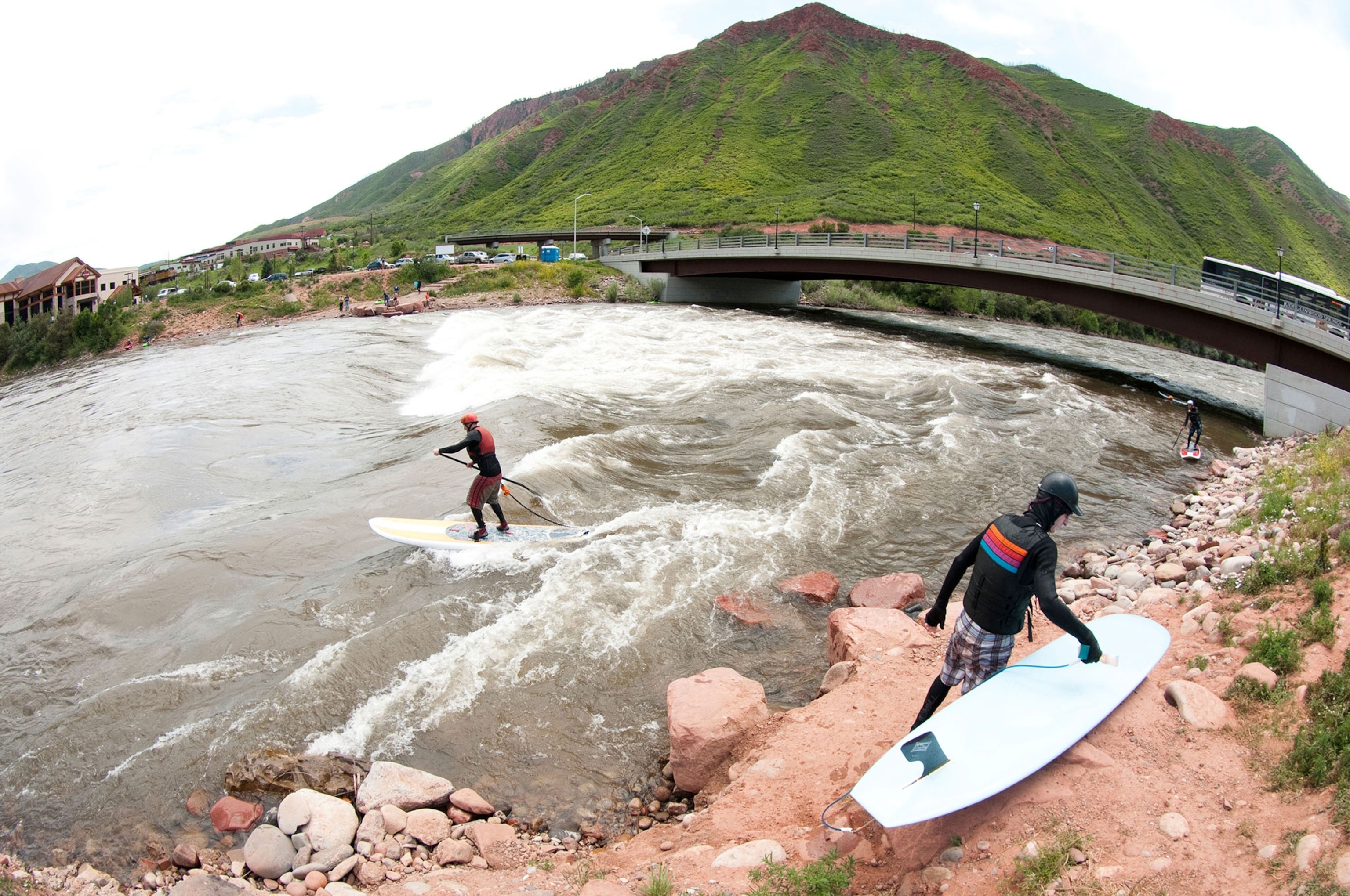
The Glove and The Right:
Glenwood Springs, Colorado
An artificial wave created on the Colorado River as part of the Glenwood Springs Whitewater Park, this feature consists of two separate waves, one on the right and one on the left. The two waves blend together to form one wide wave during high water levels. Interested surfers can check the conditions on the park’s webcams before hitting the water.
Lunch Counter:
Jackson, Wyoming
Located just outside Jackson on the Snake River is Lunch Counter, a standing wave that can be treacherous to catch but fun to ride. Lunch Counter gives skilled riders the opportunity for minutes-long carving sessions, while the extra challenge of staying out of the way of rafts and boats, which always have the right of way, on the journey downstream keeps things interesting.
Brennan’s Wave:
Missoula, Montana
Brennan’s is a man-made wave on the Clark Fork River that delights kayakers and surfers alike from early spring until it begins to freeze in late fall or early winter. This feature is named after a Missoula native and world-class kayaker, Brennan Guth, who died in 2001 while paddling in Chile.

- National Geographic Expeditions
Benihana’s and Chiclets:
Sheridan, Colorado
Part of River Run Park, Benihana’s and Chiclets are adjustable artificial waves that can be tailored to each day’s particular flow rate. Benihana’s, which is considered by many to be the best wave in the state, is located upstream and is better suited for more advanced surfers, while Chiclets is a good option for beginners.
Lochsa Pipeline:
Lowell, Idaho
Pipeline, nestled in a canyon on the Lochsa River at mile 113.5 along Highway 12, is cheekily named after the infamous Pipeline wave in Hawai’i, perhaps because its noticeable peak and often-glassy face make it a uniquely ocean-like river wave. While this is one of the most crowded river waves and wait times aren’t uncommon, the extra effort is worth it for surfers looking for a technical challenge during low flow conditions.

